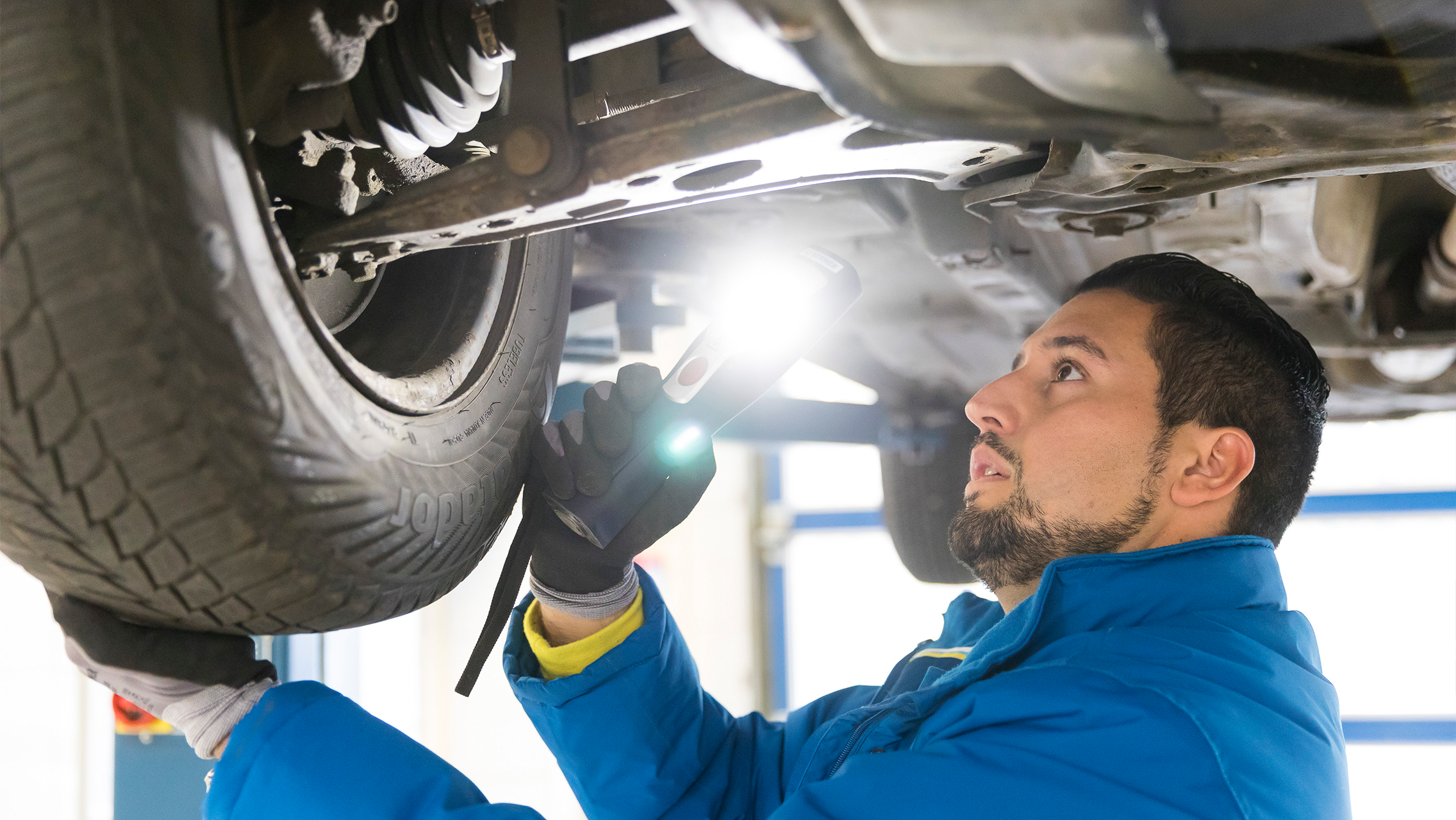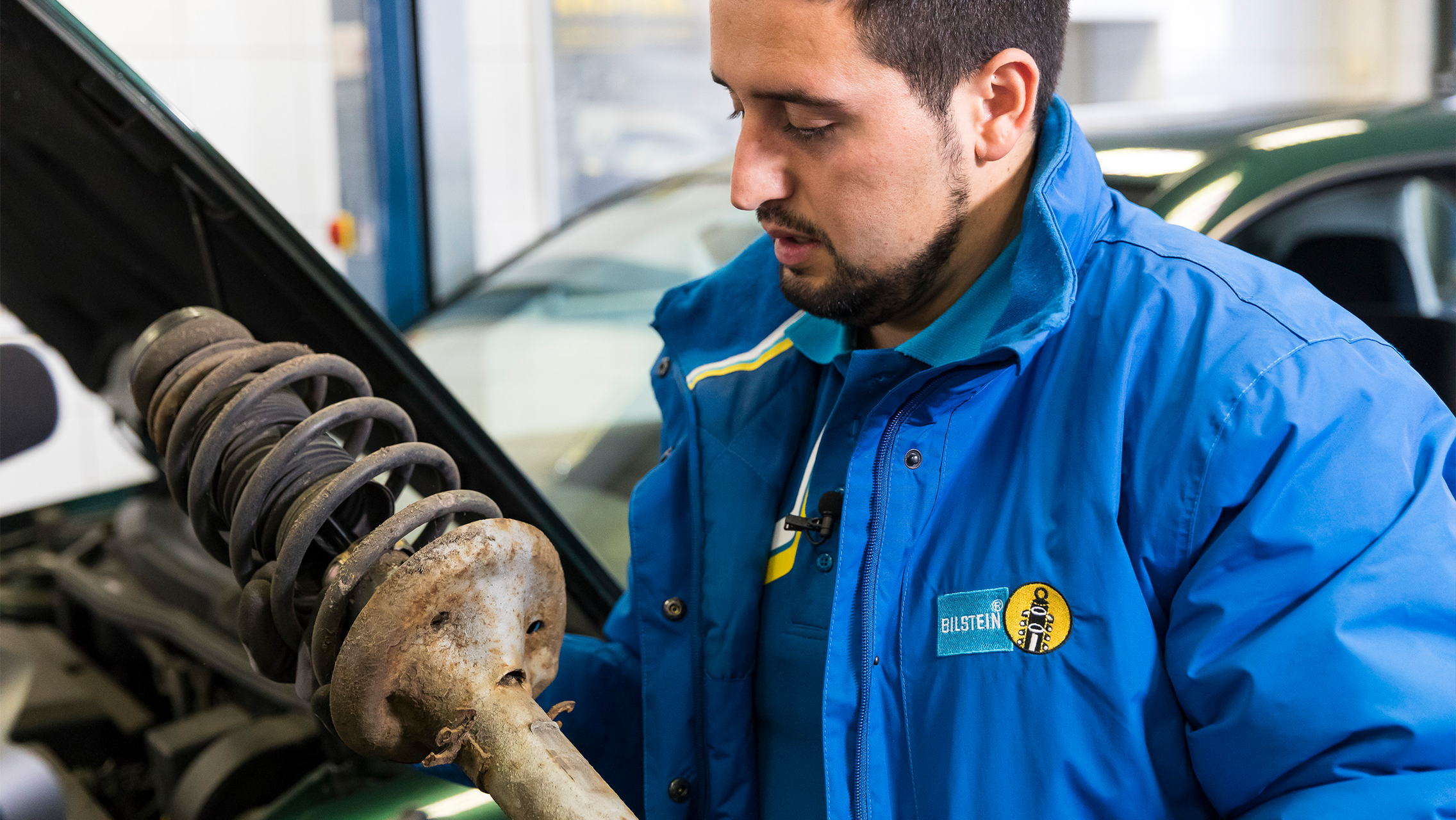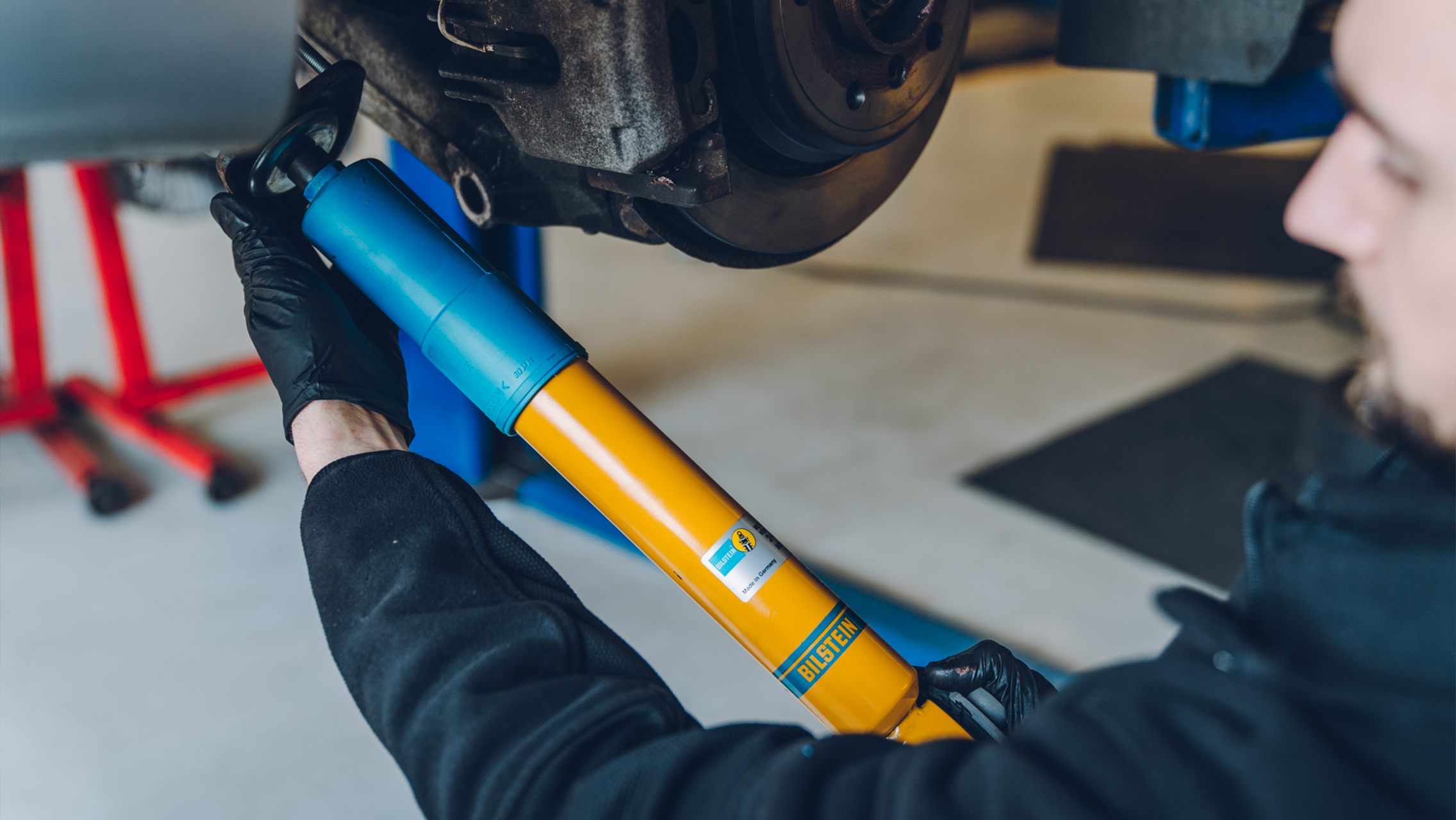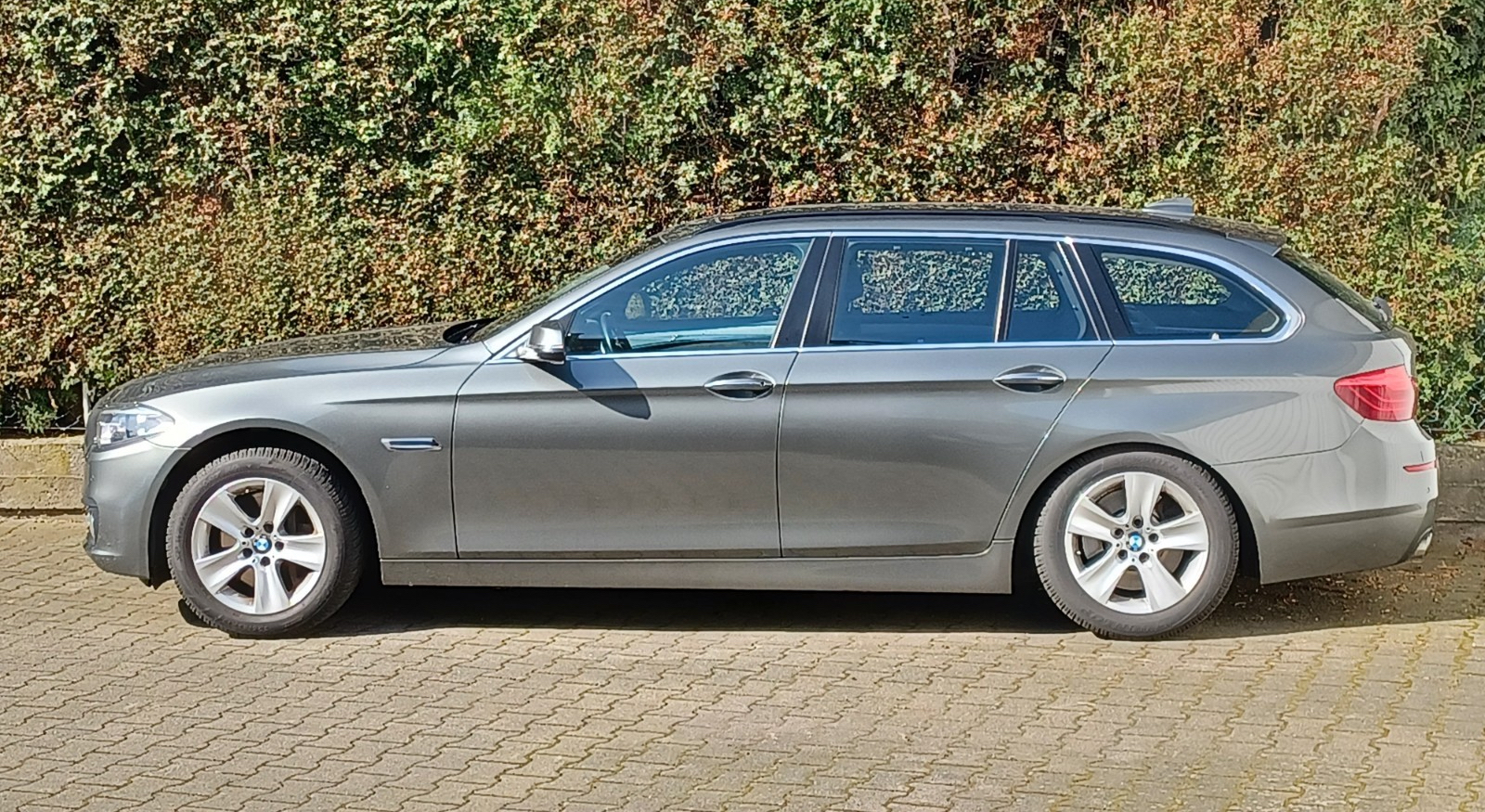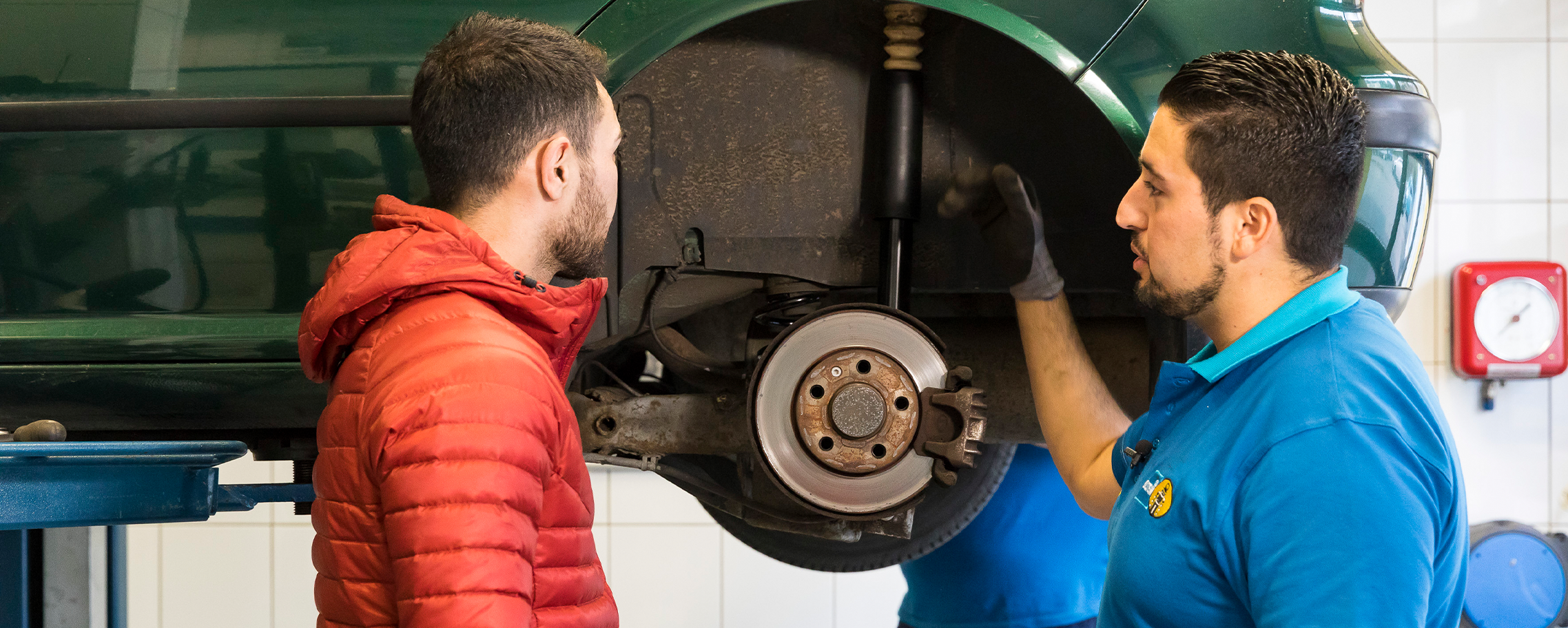

Banish disturbing noises from the suspension
BILSTEIN gives tips against vibrations, rumbling, rattling, etc.
Workshops are sometimes confronted with customers who complain about noises or vibrations on their vehicle. The cause is not easy to find, especially if the phenomenon occurs irregularly. If the fault is suspected to be in the suspension environment, the following BILSTEIN tips can help with the diagnosis. First of all, it is important to distinguish between different audible and perceptible types of vibration: In vehicle construction, we speak of NVH, which stands for Noise, Vibration, Harshness.
Noise is transmitted as sound and vibration is a perceptible impulse that is not caused by the road surface. Harshness is the excessive reaction of the vehicle to the road surface; it can be felt and possibly heard. A standard diagnosis often remains unproductive in the case of noises and vibrations. At first glance, everything seems to be working, sometimes a worn part is identified as the cause. Often, however, the real cause is to be found elsewhere and the defective shock absorber or the sawtooth formation on the tyre are the consequences of another defect. It is important not only to cure symptoms. For example, if the suspension does not deflect and rebound properly, you should not simply improve comfort by lowering the tyre pressure.
Workshops should ask themselves the following questions at the beginning of the diagnosis: How is the defect perceived? How do the components of the suspension interact? How old are the individual parts? Is there a possibility that a spare part used was already broken when it was installed? Can there be a connection with repairs that have already been carried out? Have the maintenance intervals been observed? Did the defect occur suddenly or gradually? Is there a connection with an accident? After these preliminary considerations, it is helpful to work your way from the probable causes to the improbable ones.
Often, even a visual inspection reveals incorrectly tightened or damaged bolts and nuts, broken springs or damaged stabilisers. Shock absorbers have sometimes been installed with tension or show oil mist – although the latter can also come from other sources. Slight leaks often do not affect the function. Furthermore, you should check whether bushings, rubber-metal connections, ball joints, bearings or protective sleeves of the suspension show wear or damage.
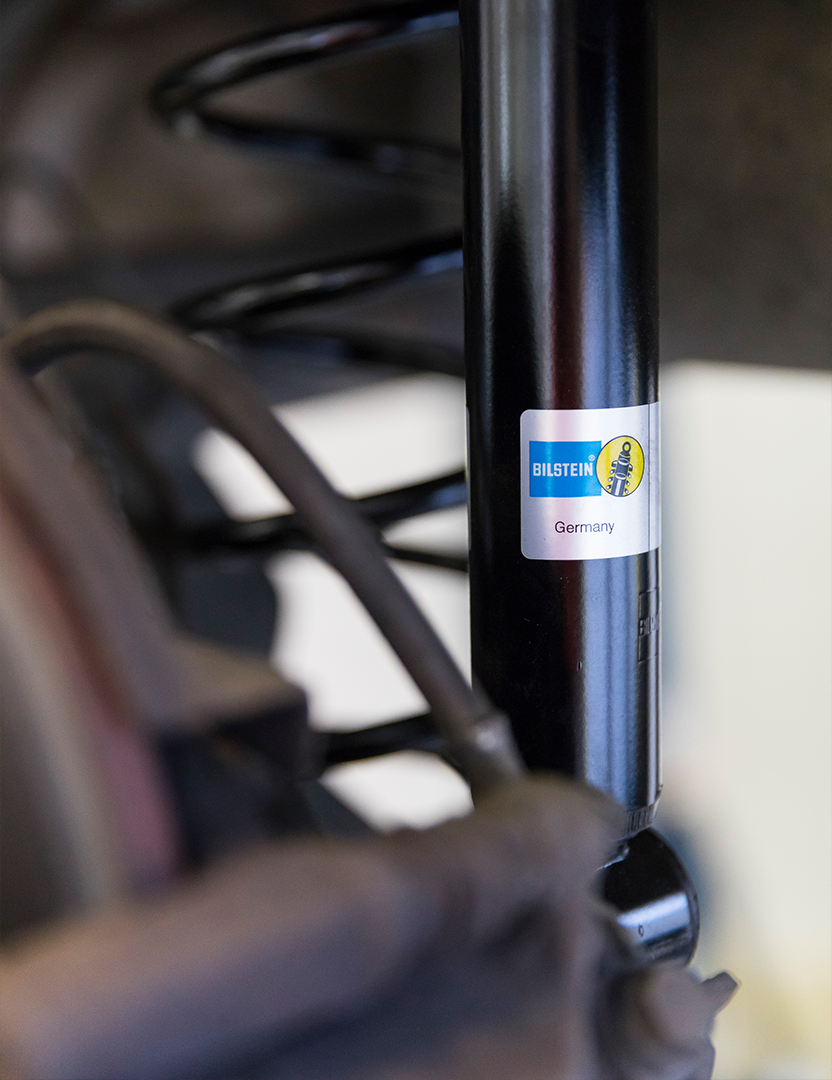
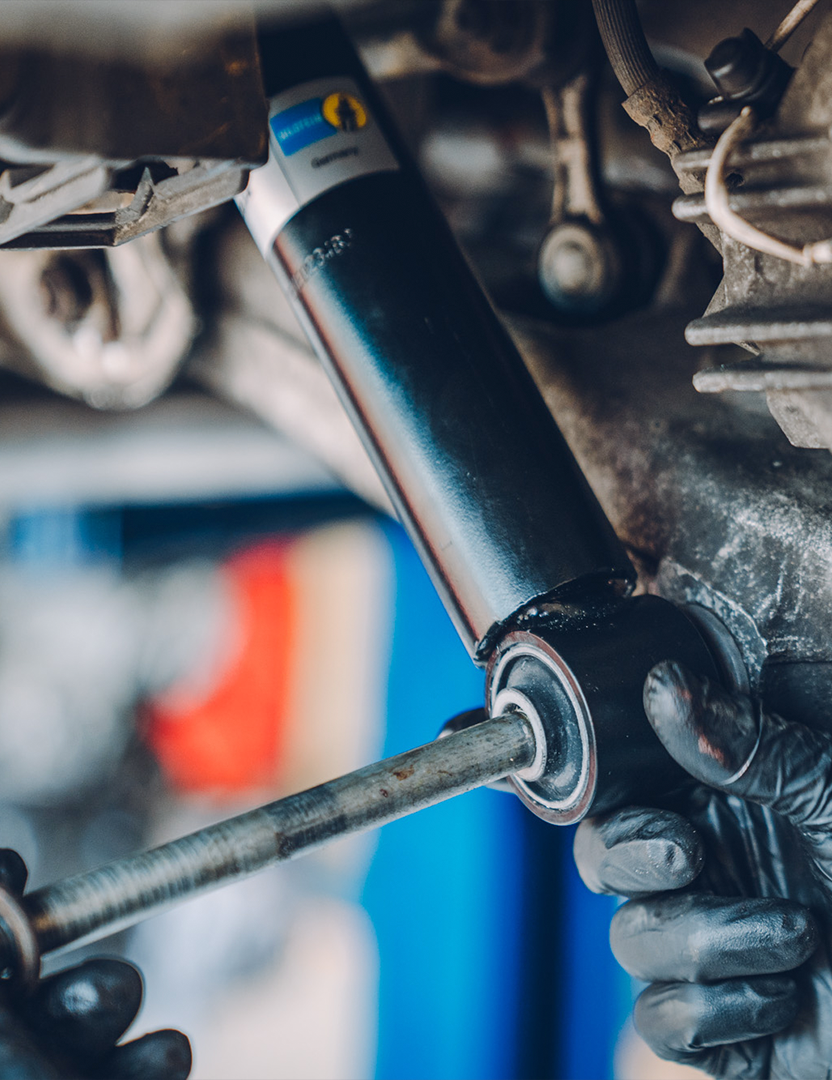
The same applies to the wheel bearings: do they have too much play? A tyre tread pattern marked by uneven wear or characteristic damage is also often an indication of specific suspension defects. If none of this helps, all critical components should be inspected a second time and the search extended to other areas of the vehicle.
